CREEPSHOW – Season One
The Creep tells darkly grim horror stories from the pages of the 'Creepshow' comic-book...
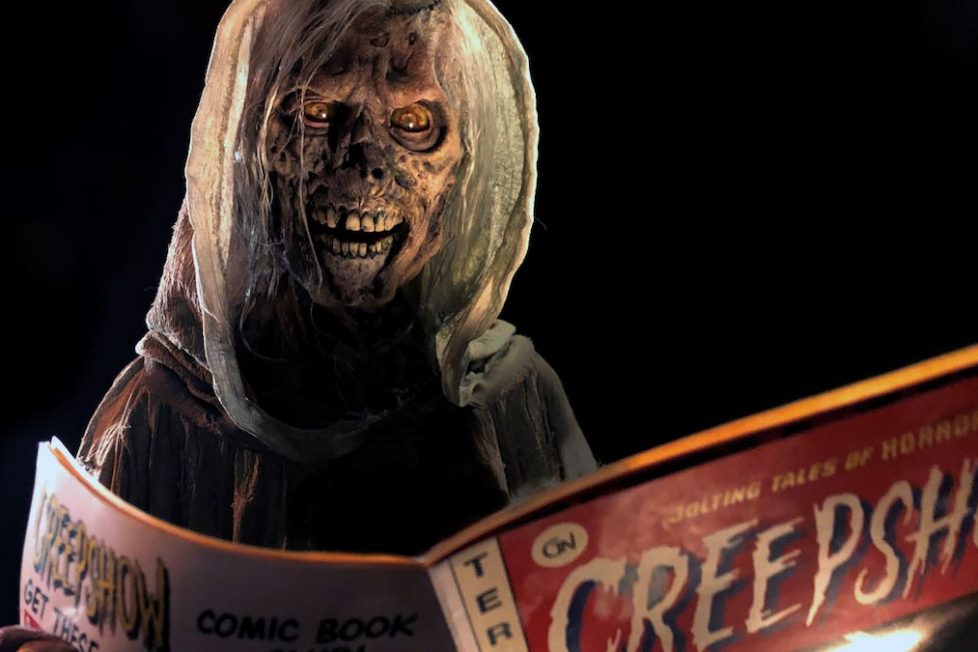
The Creep tells darkly grim horror stories from the pages of the 'Creepshow' comic-book...


The original Creepshow (1982) was written by Stephen King and directed by zombie auteur George A. Romero (The Dark Half). Hosted by the Creepshow mascot “The Creep” himself, the film was inspired by the horrifying tales found inside 1950s EC Comics (which included Tales from the Crypt) and used a multi-story format to embrace a variety of gruesome tales—from scary to gross, and ironic to funny.
Creepshow’s new anthology TV series on Shudder contains 12 stories across six episodes, exploring terrors from murder to the paranormal: hauntings, werewolves, genies, monsters, and ghosts are just a hint of what to expect. Told in homage to classic B Movie horrors, you never know what’ll be on the next page.
This format allows for laser-focused concepts that wouldn’t work as well at ordinary length. Similar to episodes of The Twilight Zone (1959-1964) and Alfred Hitchcock Presents (1955-1965), many of the stories take place in one location with only a handful of characters… and yet each has no problem keeping one’s attention.
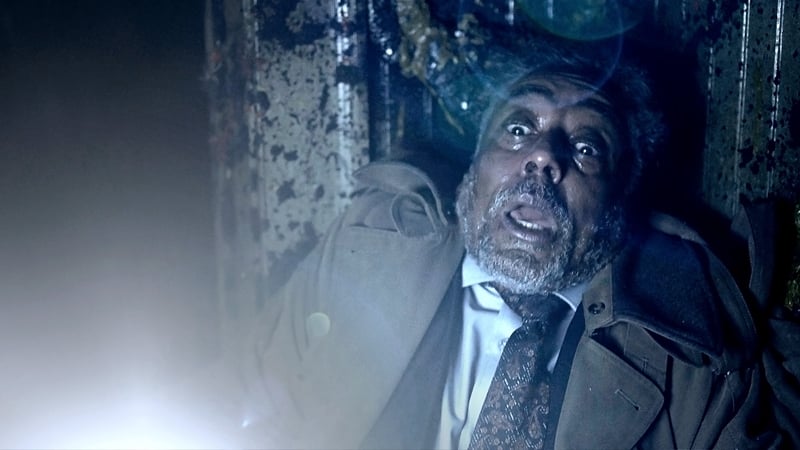
The first story, “Gray Matter”, is an adaptation of a Stephen King short story from his 1978 book Night Shift, directed by The Walking Dead maestro and Creepshow producer Greg Nicotero. Wonderfully outrageous, it’s as if The Blob (1958) was being told from the perspective of his son. The practical VFX has the goop and gore of Rob Bottin (The Thing) with Tom Savini’s (Dawn of the Dead) visceral execution. Nicotero’s queasy camera direction brings it all together, giving its simple setup a gross conclusion with several lasting images.
“Gray Matter” feels like a callback to original Creepshow story “The Lonesome Death of Jordy Verrill”, where Stephen King himself played a dim-witted farmer who slowly becomes covered with green alien moss. In “Gray Matter”, King’s signature style and iconography weave itself throughout: from the boy’s yellow raincoat (Georgie from It) to the reveal of alcohol as the real monster. King’s often vocal about alcoholism and addiction in his stories, with both The Shinning (1980) and Misery (1990) showcasing metaphors for the destructive vice. Here, alcohol transforms the father into a destructive blob monster. “Gray Matter” serves as a modern cautionary tale and a delightful throwback to classic monster horror.
A personal highlight of mine was “The Finger”. Opening with Clark Wilson (DJ Qualls) narrating his crazy life story to the audience, we now find him living in a run-down house following a divorce. Unemployed and feeling thrown away by society, Clark roams the Los Angeles streets picking up discarded objects. Then he discovers… a severed finger. After taking it home he soon learns the digit can absorb liquids and soon grows into a small creature named Bob. Like a horrific yet oddly adorable cross between an Alien (1979) xenomorph and a house cat, Bob starts to bring Clark severed body parts. The stories brilliance relies solely on Qualls’ unhinged performance. Hilariously dark, “The Finger” is a fun and playful story of friendship and insanity that contains trace elements of “The Crate” from the original film.
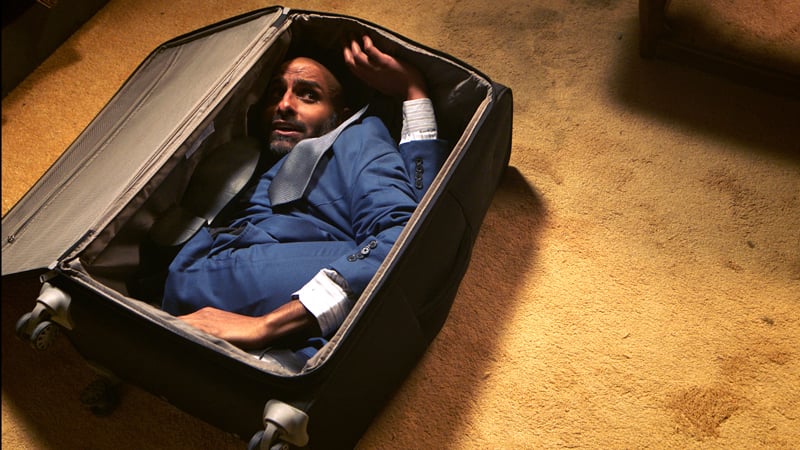
“The Man in the Suitcase” is another season highlight. Written by Christopher Buehlman, it captures the surreal tone of the ’82 feature. A young man called Justin (Will Kindrachuk) encounters a stranger crammed unnaturally into a piece of luggage. After hurting the contorted man while trying to remove him, the ‘man in the suitcase’ duly spits out a golden coin. This story offers an offbeat story tackling morality and greed, asking how far someone’s willing to go to make someone else suffer for their own gain. There’s an excitement to the filmmaking here, combined with a darker tone and gallows humour. The montage of the characters torturing the man in the suitcase to produce more gold coins is such a twisted moment. Incredibly tongue-in-cheek, yet for a series like Creepshow, it works perfectly.
It’s clear this is a low-budget series, and it’s fun how it embraces its restrictions. Creepshow manages to instil a sense of real horror effortlessly. The design and movement of the scarecrow-like creature in “The Companion” show Nicotero’s genius with SFX at its best. The patched-together monstrosity fills each frame with an undeniable, unpredictable presence. The use of its roots as a way of snaring its prey is something that hasn’t been seen since The Evil Dead (1981). It’s one of the series’ best creations.
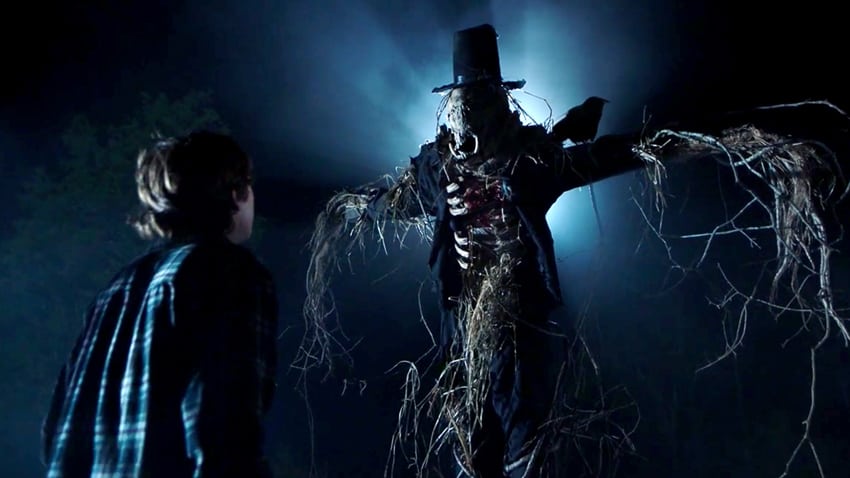
Fans of the ’82 original will lick their lips at the number of easter eggs sprinkled throughout this series, too. ‘The Creep’ makes ominous appearances at the beginning and end of each episode, but this time, instead of looking like a hand puppet, he’s been given an update by the SFX department. Beginning each episode with a maniacal laugh, The Creep sets the horrifying tone instantly. It was also a pleasant surprise seeing several cast members returning to their horror roots. Adrienne Barbeau (The Fog) graces our screen again as the shopkeeper in “Gray Matter”, while Bruce Davison (Tales From the Crypt) deserves praise for a nuanced and incredibly sympathetic performance in “Night of the Paw”.
The framing device of how the stories are assembled is a perfect homage to the original movie. Often we see stories unfold on the pages of The Creep’s collection of comics and, as scenes transition from one to another, they appear in a comic-book style animation. I found these to be exceptionally designed and used effectively within each story. In one impressive sequence during “Night Of the Paw”, we see a character digging up his wife’s corpse, and the sequence is perfectly framed within comic-book panels—edited with the addition of a text balloon hovering over the top of the sequence.
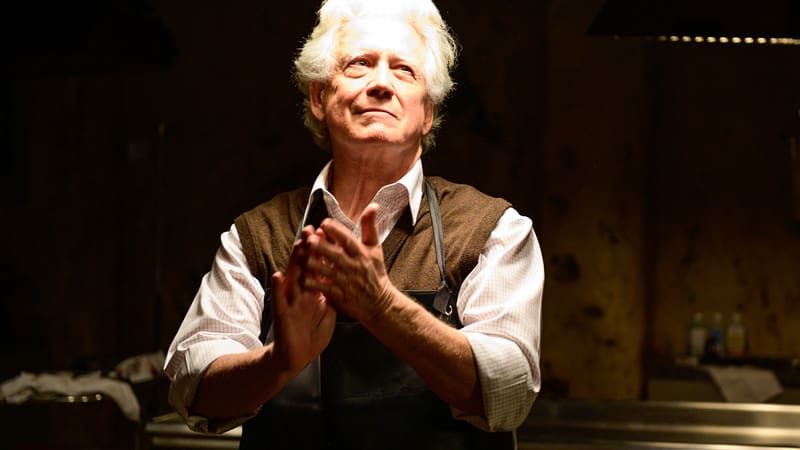
However, as much as I enjoyed the visual throwbacks to a 1980s cult favourite, at times I became conflicted with them. During the episode “Times is Tough in Musky Holler”, the ‘living comic-book’ technique is used to reveal the character’s corrupt pasts. Unfortunately, these explanations are so brief and vague that it steals the chance to experience a satisfying comeuppance. As we’re waiting for the characters inevitable death (in what can be only described as zombie pinball), their evil crimes are brushed over in a sentence or two, making them less cohesive.
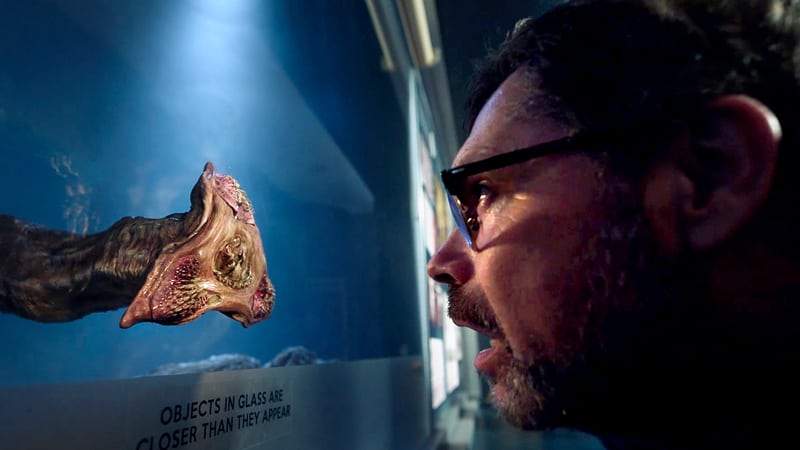
The biggest issue with Creepshow is that it often forgets who its target audience is. Attempting to appeal to young adults, several stories are oddly reminiscent of R.L Stein’s Goosebumps or Alvin Schwartz’s Scary Stories to Tell in the Dark (remade this year as a movie, in direct opposition to Creepshow’s evolution), which were pitched at 12-year-olds. The stories “All Hallows Eve” and “The House Of The Head” feel aimed at a younger demographic, whereas other stories like “Lydia Layne’s Better Half” and “Skincrawlers” appear to target an older age group. However, that being said, all the stories are well crafted narratively and visually. With TV series such as Eerie Indiana (1991-92) and Are You Afraid of the Dark? (1990-96) having long disappeared from our screens, hopefully Creepshow will inspire a new generation of horror-hounds.
I found the weakest of the stories to be “All Hallows Eve”. It’s both visually uninteresting and poorly acted to the point of distraction. Revolving around five trick-or-treaters (Connor Christie, Madison Thompson, Jason Jabbar, Andrew Eakle, and Michael May), each young actor proves incapable of giving a believable performance. From the moment they appear on-screen, there’s something jarring about them all. Although it’s not the strongest story of the season’s dozen, the simple yet poignant message regarding the consequences for bad behaviour does fit nicely into the series.
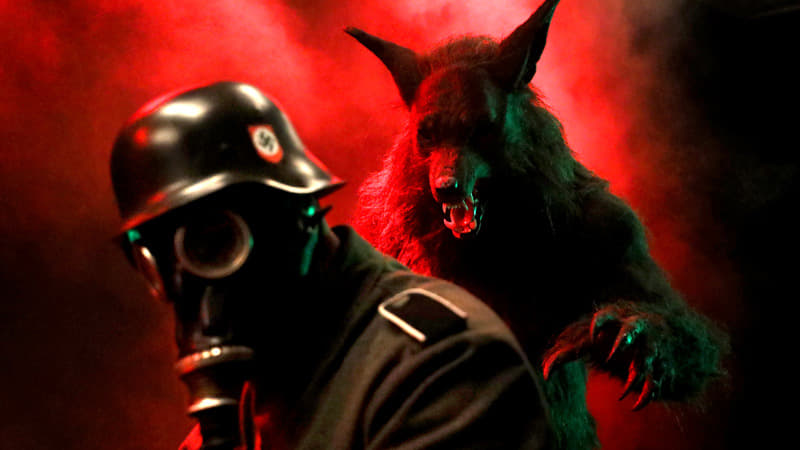
If you’re like me, a fan of the original Creepshow, this series is definitely something to sink your teeth in to. The majority of the stories contain what made Romero’s movie and Tales From the Crypt so enjoyable: fun stories introduced by an otherworldly entity, offering good old-fashioned scares and laughs. Most importantly, each tale is capped off with a moral lesson.
Of course, not every episode captures the original’s ghoulish atmosphere, as “Bad Wolf Down” is an uneven mix of Dog Soldiers (2002) and a dreadful student film set in World War II. But I think its unevenness is what’s made the series so popular with Shudder subscribers. What some love others hate, and vice versa. The stories aren’t as high calibre as those from King and Romero’s movie, but Greg Nicotero gives them a run for their money and there’s plenty of fan-servicing. And thanks to the involvement of Tom ‘The Sultan of Splatter’ Savini in tales like “By the Silver Water of Lake Champlain”, every penny of its modest production is up on the screen.
I, for one, am looking forward to seeing what Nicotero has in store for the recently announced second season.

writers: Byron Willinger, Philip de Blasi, Josh Malerman, Rob Schrab, David J. Schow, Bruce Jones, Christopher Buehlman, Matt Venne, John Skipp, Dori Miller, Jason Ciaramella, Paul Dini & Stephen Landford (some stories conceived by Stephen King, Joe R. Lansdale, Kasey Lansdale, Keith Lansdale & Joe Hill).
directors: Greg Nicotero, John Harrison, Rob Schrab, David Bruckner, Roxanne Benjamin, John Esposito & Tom Savini.
starring: David Arquette, Adrienne Barbeau, Tobin Bell, Giancarlo Esposito, Tricia Helfer & Dana Gould.
